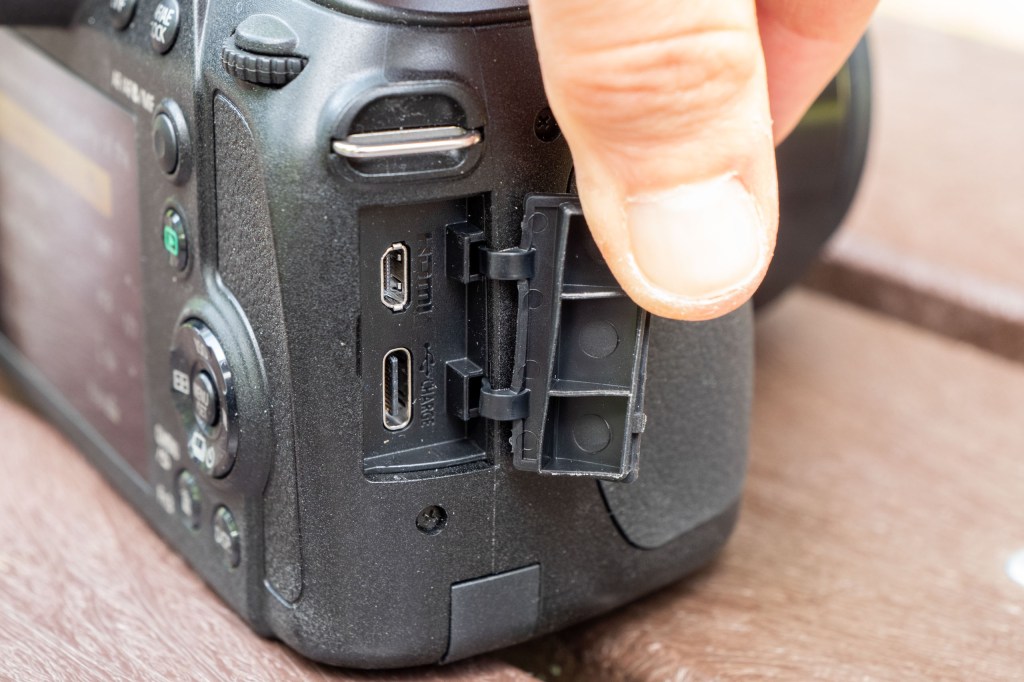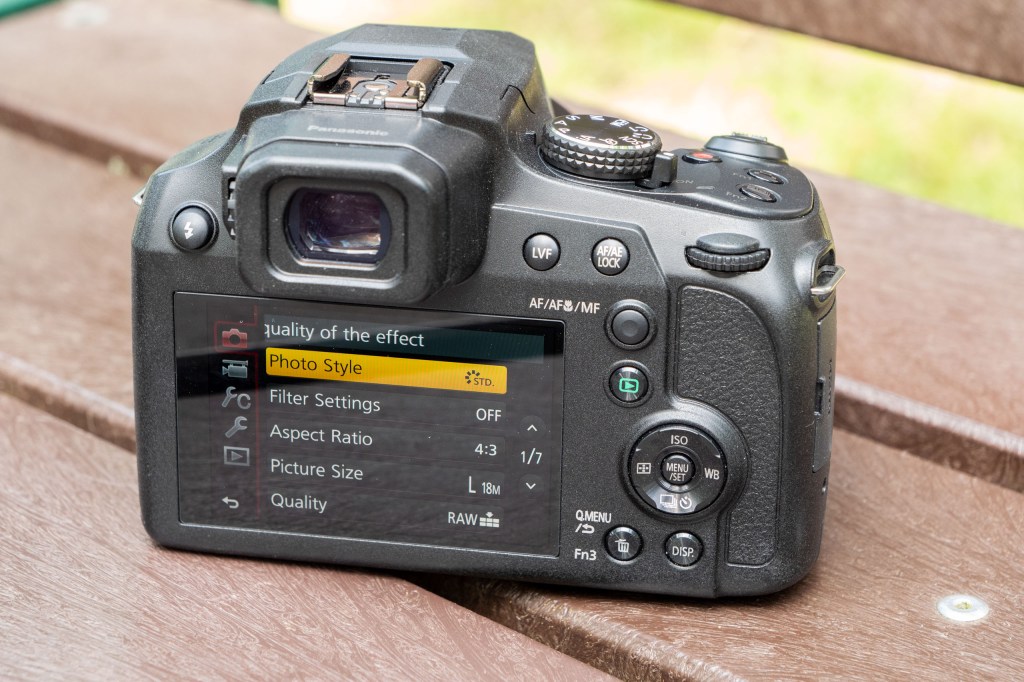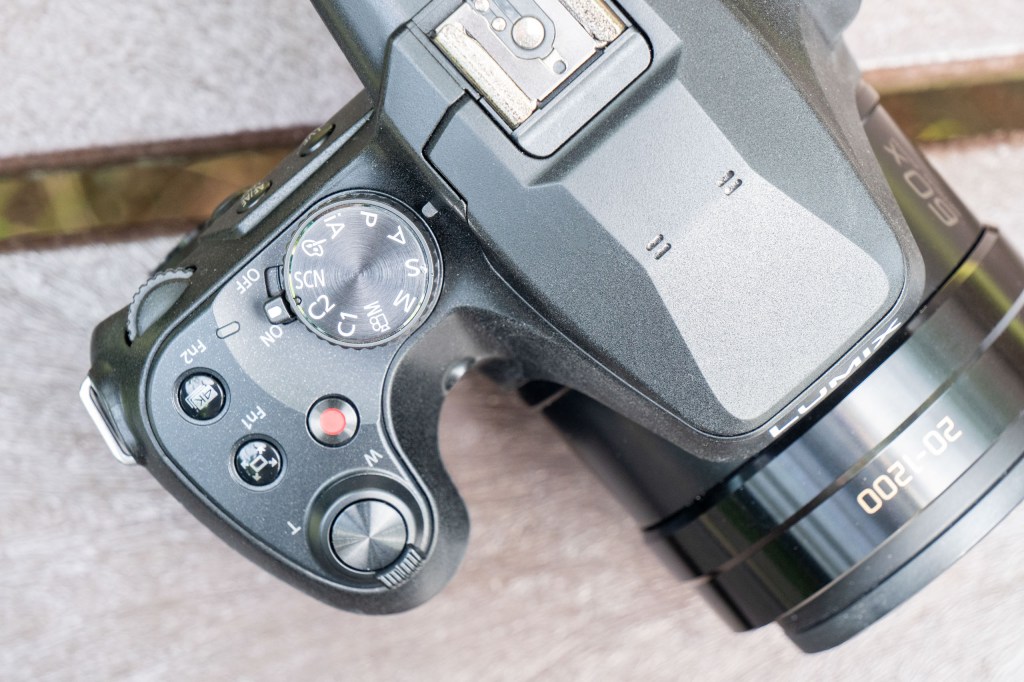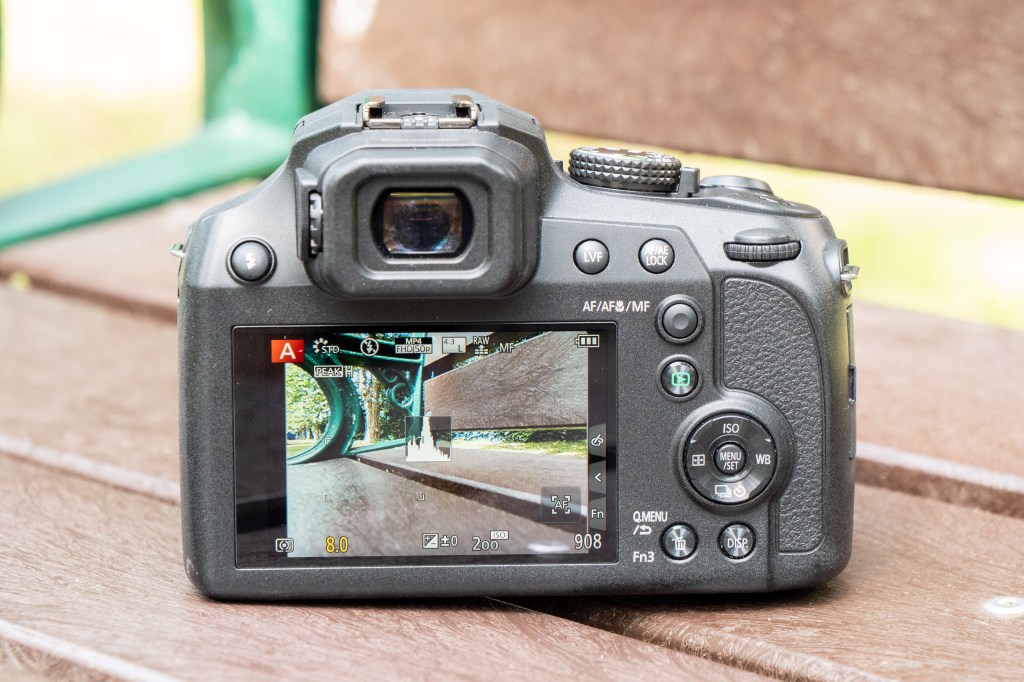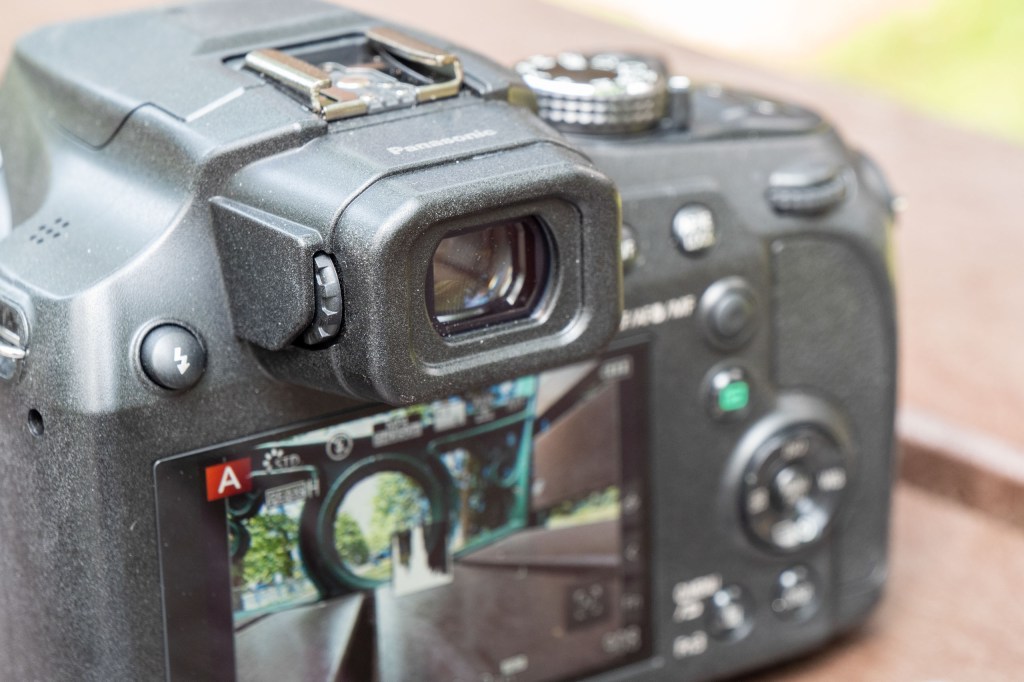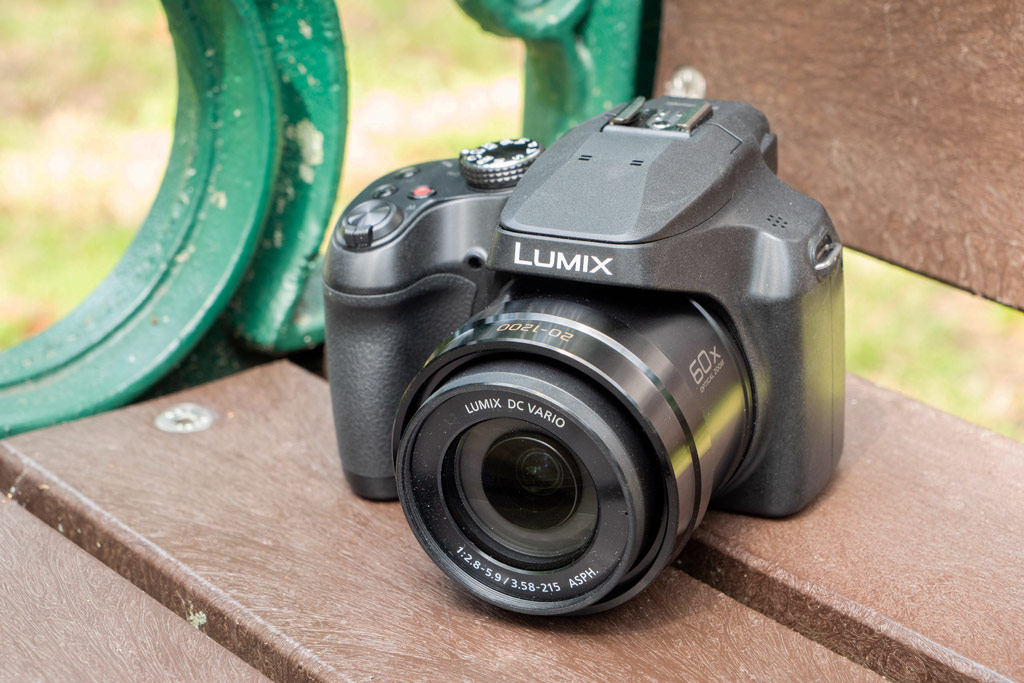Amateur Photographer verdict
If you want the flexibility of a long zoom but don’t have a load of cash to spend you can get some nice shots if you work with the cameras limitations.- 60x zoom
- Decent electronic viewfinder
- Improved screen
- No Wi-Fi
- Poor image quality in many scenarios
- EVF doesn’t automatically switch on/off
- Not a huge upgrade from FZ80
Cameras like the Panasonic Lumix FZ82D / FZ80D prove that there’s still some life left in the ultra zoom / bridge camera market. Image quality isn’t the best you’ll ever see, but if you want the flexibility of a long zoom and don’t have a load of cash to spend, you can get some nice shots if you work within the camera’s limitations. It’s good to see some improvements made to handling, but otherwise this is a fairly modest refresh over the predecessor – but one which is more readily available to buy.
At a glance
- $479 (FZ80D, US) £429 (FZ82D, UK/Europe)
- 18.1MP 1/2.3-inch MOS Sensor
- 20-1200mm equivalent f/2.8-f/5.9 lens (60x optical zoom), OIS
- USB-C in-camera charging
- 4K/30p Video
- 4K Photo
- 3-inch 1840k-dot fixed touchscreen
- 0.39-inch OLED LVF 2360k-dots
Showing that there’s life in the bridge camera market yet, the Panasonic Lumix FZ82D was announced in July 2024, and is a direct replacement for the existing FZ82. It is known as the Panasonic Lumix FZ80D or FZ85D in some markets.
As you might expect from the simple addition of just a letter to the title, there’s not a huge amount of difference between the FZ82 and the FZ82D, despite seven years having elapsed since the FZ82/FZ80’s initial release, which came out in 2017.
We’ve got the same sensor and lens setup as before, but the screen and viewfinder have been upgraded, while USB-C functionality is now included for the first time.
Panasonic Lumix FZ80D/FZ82D – Features
The FZ82D has really quite old-fashioned sensor tech by modern standards. You get an 18MP 1/2.3 inch sensor, which is pretty tiny – in fact many smartphones even have bigger sensors these days. It’s also the same sensor as found in the FZ80, which is a bit of a shame.
Of course, high image quality isn’t what the point of a bridge camera like this, and one thing we can guarantee your smartphone doesn’t have is 60x optical zoom. The lens again is the same as in the FZ80, with an equivalent focal length of 20-1200mm and a maximum aperture range from f/2.8 at the wide-angle end up to f/5.9 at the tele end. It’s worth noting that 20mm is quite wide compared to the usual start point of 24mm for zoom lenses, which makes it potentially appealing for landscape and architecture work.
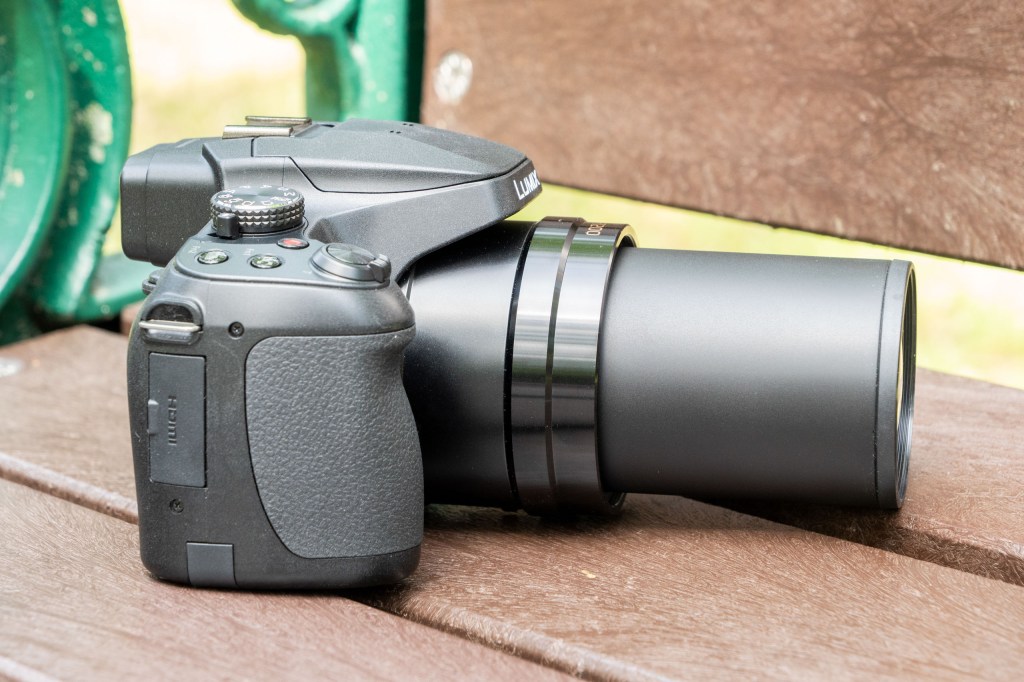
There’s also “Intelligent Zoom”, which gives you up to 120x reach, and a further 4x beyond that with “Digital Zoom”. Optical image stabilisation is included for keeping shots stable when shooting at the telephoto end of the lens. Macro focusing gets you as close as 1cm to a subject.
Video up to 4K is available, which is also what’s used for the “4K Photo” functionality which is found across most Panasonic Lumix cameras. This essentially works by recording video clips and giving you the option to extract stills from the video, this can work well for moving or unpredictable subjects such as pets or kids.
Two updates for the camera include a new 0.39-inch 2360k-dot electronic viewfinder, which now has 0.74x magnification, making it bigger, higher resolution and higher magnification than its predecessor (0.20-inch, 1166k-dot, 0.46x magnification). The screen meanwhile is still a fixed 3-inch touchscreen, but it has seen a resolution bump to 1840k-dots, from 1040k-dots.
Unusually for a camera in 2024, the FZ82D doesn’t have Wi-Fi for transferring your pictures across to your phone. That’s even weirder considering that it’s seven-year-old predecessor does have it, so Panasonic has actively chosen to remove it. That means should you be out and about and desperately want to share your pics, unless you’ve got a smartphone card reader, you’ll be out of luck.
USB battery charging was available for the predecessor, but it’s now USB-C, rather than Micro USB. That means if you’ve got plenty of USB-C chargers lying around then you’ll be able to use it with the Panasonic Lumix FZ80D/FZ82D.
Panasonic Lumix FZ80D/FZ82D – Build and Handling
Perhaps one of the key reasons that bridge cameras continue to do reasonably well in a world of otherwise declining compact camera sales is that you get the look and feel of using a “real” camera, which is a refreshing change if you’re only used to a smartphone. You also get that without the expense and even greater heft of a DSLR/mirrorless camera.
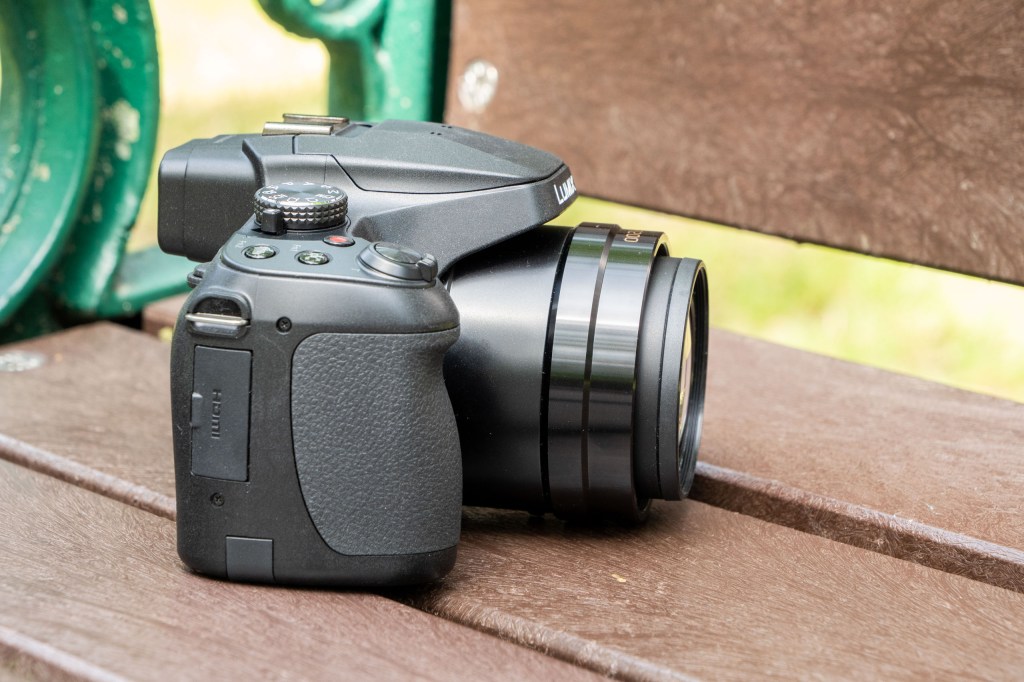
The FZ82D feels and looks like a better camera than it is in reality. I was using it while on a walk around a lake and a fellow photographer pointed out a photographic opportunity to me as I had it hanging round my neck – it gives you the “look” of a real photographer far more than any smartphone ever will, even if the end results aren’t amazing (I’ll come on to that later).
There’s a reassuringly chunky grip, with a textured coating around the front and rear grips. Almost all of the buttons are on the right hand side so you can make adjustments with your thumb while still operating the camera. A mode dial sits on the top of camera giving you the choice between fully automatic, scene modes and P/A/S/M options. There’s also a couple of custom slots available if you have a particular set up you want to return to often.
There’s a Q.Menu button, which gives you quick access to common settings such as white balance, metering and exposure compensation, while a dial at the back is used to control aperture or shutter speed (depending on the mode you’re in). You control the zoom of the lens via a switch around the shutter release button. A useful function is the Zoom Frame Assist button – hold this down when you’ve zoomed into something and the lens will momentarily zoom out again to allow you find a subject that may have wandered out of the frame. As soon as you release the Zoom Frame Assist button, the lens will return to the previous zoom position.
A button marked 4K is where you’ll find the 4K Photo modes. With this you’ve got the option to record clips of 4K video so you can later extract a still. You can select either 4K Burst; whereby a short burst will be recorded only; 4K S/S, where the camera will start recording with the press of the shutter button and only stop once you press it again, and 4K Pre, where a couple of seconds of footage will be captured just before you fully press the shutter button.
There’s also 4K Focusing available, which essentially takes a set of frames with different focus points, allowing you to choose your focus point after you’ve taken the photo, rather than before. This is something we see quite a lot on current smartphones now, and it can come in handy in certain situations where you might not be sure the camera will get it right for you – for example when shooting in automatic mode.
Panasonic Lumix FZ80D/FZ82D – Viewfinder and Screen
The three-inch LCD screen on the back of the FZ82D has seen a fairly big bump in resolution, as its now a 1840k-dot, compared to 1040k-dot. As a result, it’s a nicely detailed screen that shows off images and videos well.
It would be nice if the screen had a tilting or articulating mechanism, it’s a little bit disappointing to see a new version of this camera that doesn’t feature either of those things. On a more positive note, the touchscreen works well and doesn’t lag behind. One feature I particularly like is the ability to change the focus point while also using the electronic viewfinder, meaning you don’t need to fiddle around with buttons, or take the camera away from your eye.
Speaking of the electronic viewfinder, this has also improved quite a bit since the FZ80. We’ve now got a 2360k-dot finder, which although not as impressive as those you’ll find on the latest and best mirrorless cameras, is actually quite pleasant to use and gives a good view of the scene. However, one fairly big gripe I do have is that it doesn’t have a sensor to detect when it’s been lifted to your eye, so you will need to press a button to switch it on – and off again when you’re done. It makes for a less than natural experience, however you do get used to pressing the button as you lift it to your eye if you’re using it frequently.
Panasonic Lumix FZ80D/FZ82D – Image Quality and Performance
The point of bridge cameras like the FZ82D is the unparelled flexibility and convenience they give you, however that often comes at the price of high image quality – such as is the case here.

In good light you’ll get reasonably good images, with fairly nice colours and a satisfactory amount of detail. However, by good here it also mustn’t be too bright, as otherwise you risk blown out highlights – a common problem with small sensor, high zoom cameras. You might also find that there’s quite a lot of unattractive flare from the lens if you point it in the direction of a strong light source like the sun.
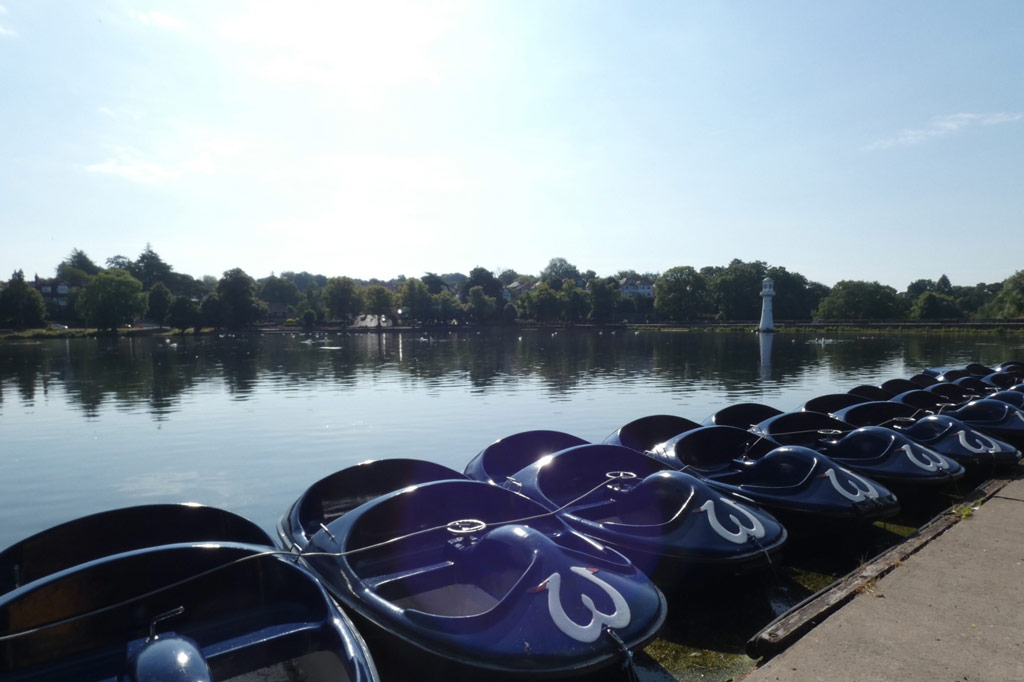
When light is low, you’ll likely find that your images have more noise than you’d like to see, but by shooting in raw you can apply your own noise reduction as you see fit if the JPEGs aren’t quite as you want them.
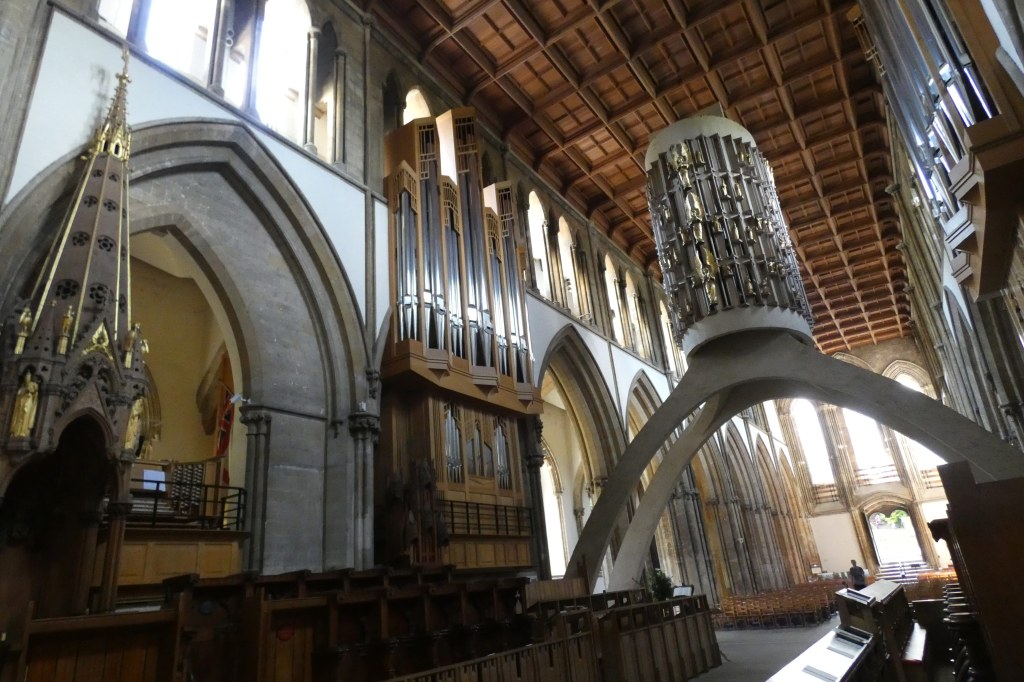
You’ll never get the sharpest ever images from a camera like this, but then that’s not really the point – and not something you should expect from something which gives you 20-1200mm in a £400 package. Seven years ago when the FZ80 came out, image quality was pretty average for the time, but these days, the general standard has improved to the point that even the average smartphone is capable of taking better photos than those you’ll get with the FZ82D in many situations.

However, there is one area where the bridge camera can still beat your smartphone, and that’s with its lengthy zoom. If you find yourself wanting to get closer than the 3x or 5x offering many smartphones offer, then a bridge camera can do that for you. You need to be prepared to take multiple shots if you’re shooting at long focal lengths, with the hope that at least one of them will come out sharp enough – although the lens has OIS, at these super-long focal lengths, even minor movements can prove to be problematic.


If you have the patience to work with the limitations of the FZ82D, you can get some fairly nice shots at longer focal lengths, such as 500mm, though at the full stretch of 1200mm, images often tend to be pretty smudgy and lacking in detail. The digital zoom is not really worth using unless you’re desperate to get even closer to the subject.

The macro mode works quite well, allowing you to focus on very close subjects. You can fill the frame and even throw the background out of focus fairly well. Nature photographers might find the FZ82D to be appealing for this reason.

When it comes to focusing, the FZ82D isn’t super quick, so it’s difficult to photograph fast moving subjects – or even fairly placid moving subjects such as swans and geese. This is where things like the 4K Photo comes in handy as you might stand a better chance of getting a shot you like.

Panasonic Lumix FZ80D/FZ82D – Value for Money
At $479 / £400, there’s a couple of ways to look at the price point of the Lumix FZ82D. On the one hand it’s hugely cheaper than what you’d need to spend to get the equivalent from an interchangeable lens camera. It’s also quite a bit cheaper than the best smartphones.
However, it’s also safe to say that a camera like this produces fairly average looking photos in a lot of situations. It works best in good light, fair enough, but also at the wide angle end of the lens – if you were regularly going to shoot at that focal length, most would probably get better results from even a mid-priced smartphone.
In that regard, you could say it represents bad value for money as you might quickly outgrow it. It might be better to spend more and opt for a bridge camera with a larger sensor – you’ll lose some length in the lens, but how often do most actually need 1200mm?
Something like the excellent Panasonic Lumix FZ1000 II will cost you $799 / £750. I’ve also found it available on the second-hand market for under £400 – making it cheaper than the FZ82D. The FZ1000 II has a 16x optical zoom lens, leaving you with 27-432mm. It has a one-inch sensor and much better image quality – of course you pay the price for it, but it might be more satisfactory overall.
If you just want something to take reasonable photos at a variety of focal lengths and don’t have a big budget however, the FZ82D comes in at a good price.
Panasonic Lumix FZ80D/FZ82D – Verdict
At a time when most small-sensor cameras have been ousted by the rise of the smartphone, it’s quite unusual to see a new model making it to market in 2024.
Although the FZ82D sees some improvement to the viewfinder and screen, with its sensor and lens specifications remaining the same, image quality is starting to show its age. In many ways, even a modestly priced smartphone can beat the FZ82D, but, it’s fair to say that if you like the handling of a larger camera, and really do want that lengthy zoom, then it still outperforms your pocket device (for now at least).
So long as you’re prepared to work within the limitations of the FZ82D – i.e. shoot in the right kind of light, don’t expect superb sharpness, and be patient with attempting to focus on moving subjects – you’ve got a nicely usable camera which can deliver some good results. It handles nicely and certainly gives you the feeling of being a “real” photographer.
It is baffling to me however that Panasonic has taken the decision to remove Wi-Fi from a camera in 2024 – that seems like quite a large oversight, but again, if it’s not something you’re bothered by then perhaps it won’t be a deal breaker for you.
Overall, I’d probably recommend spending more to get something better – such as the Panasonic Lumix FZ1000 II, but if your budget is too tight, then the FZ82D still remains a fairly good buy so long as you don’t expect too much.
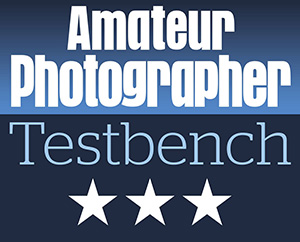
Specifications
| Sensor | 18.1MP 1/2.3-inch High Sensitivity MOS |
| Lens | 60x optical zoom lens, 20-1200mm equivalent, f/2.8-5.9, OIS |
| Video | 4K 30p |
| Display | 3.0-inch, TFT LCD Display, 1840k-dots |
| EVF | 0.39-inch OLED LVF, 2360k-dots, 0.74x magnification |
| Dimensions | 94.3 x 130.2 x 125.2mm |
| Weight | 640g (including battery and SD memory card) |
Related reading:
Follow AP on Facebook, Twitter, Instagram, YouTube and TikTok.






